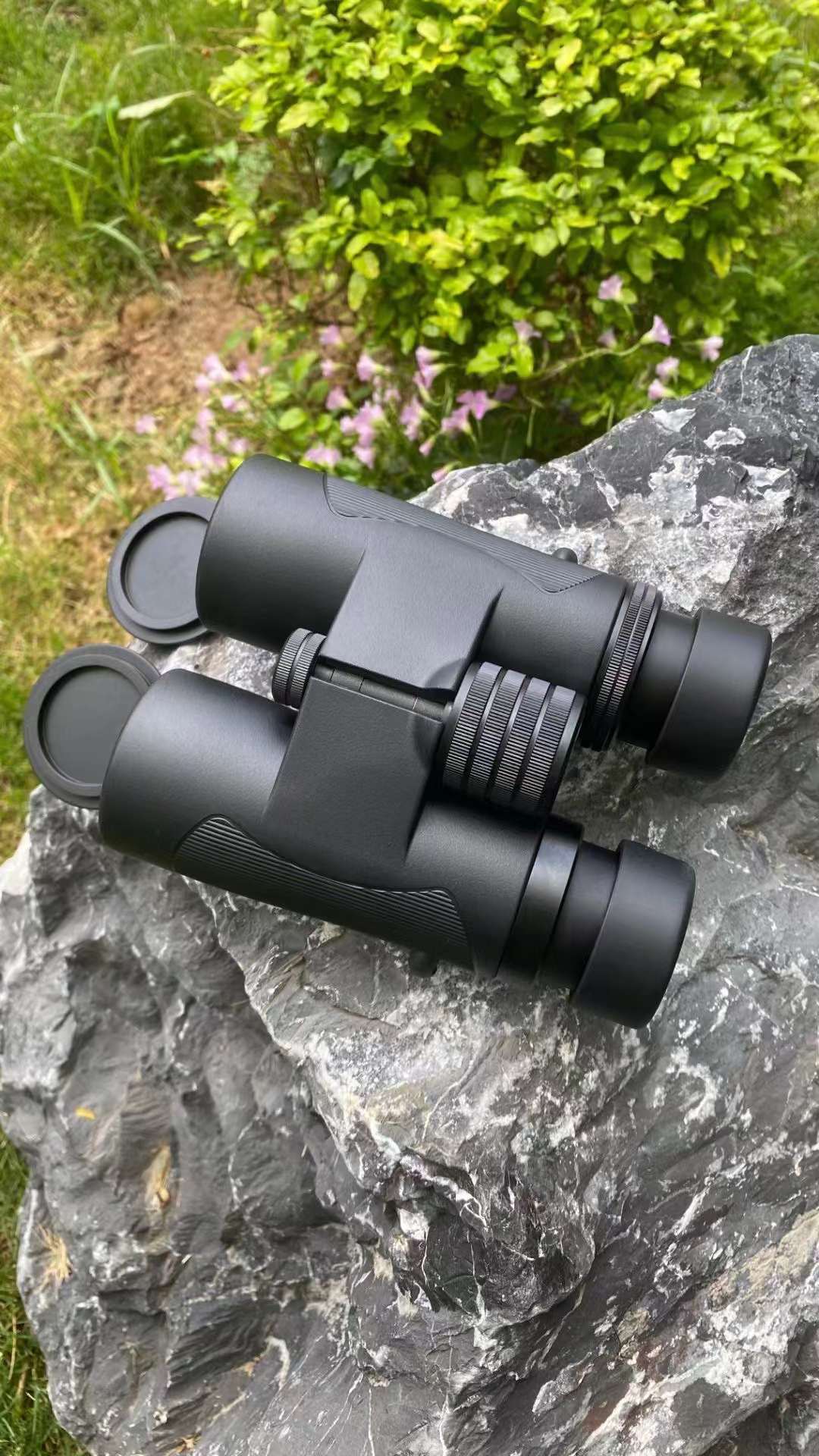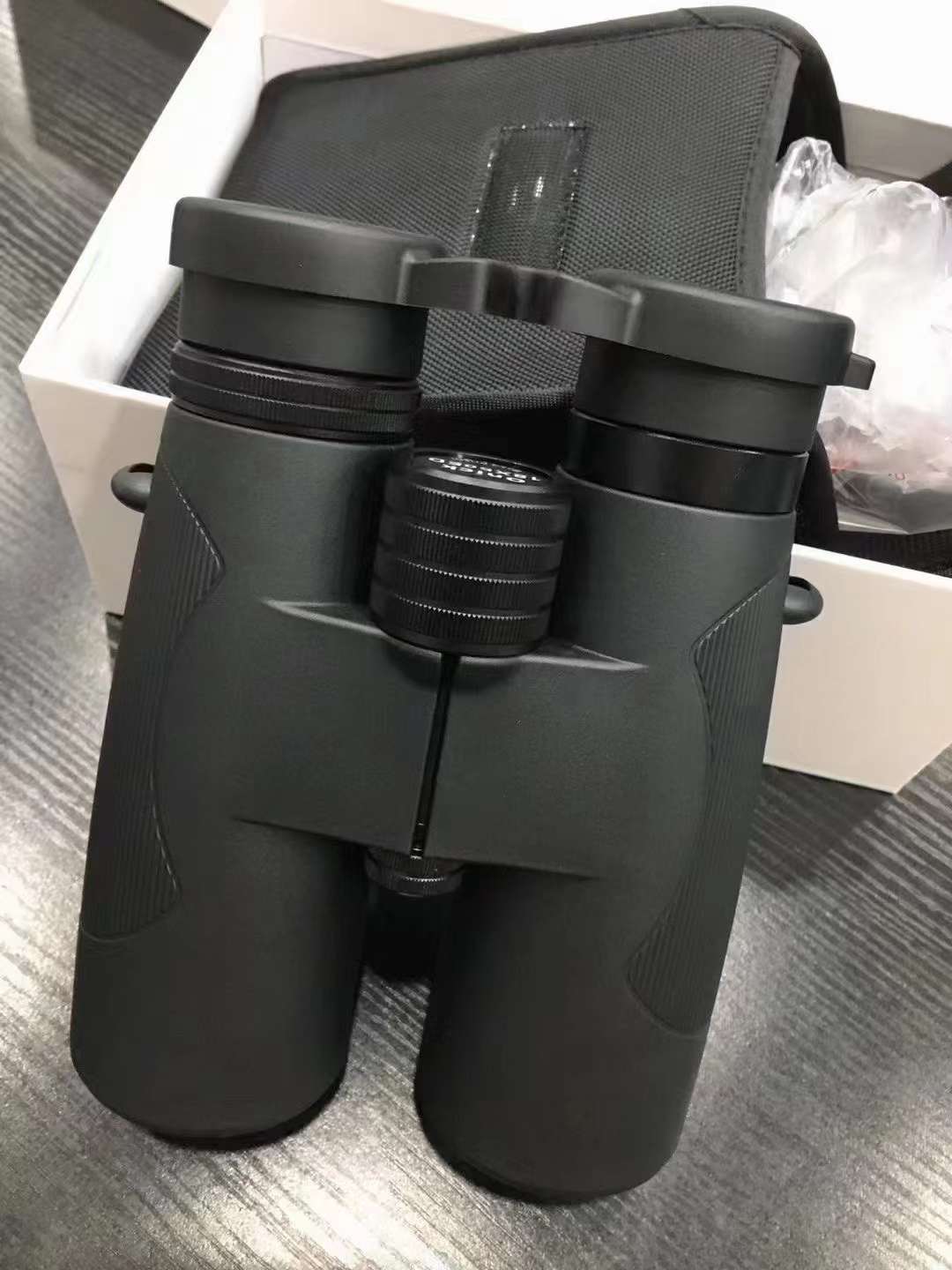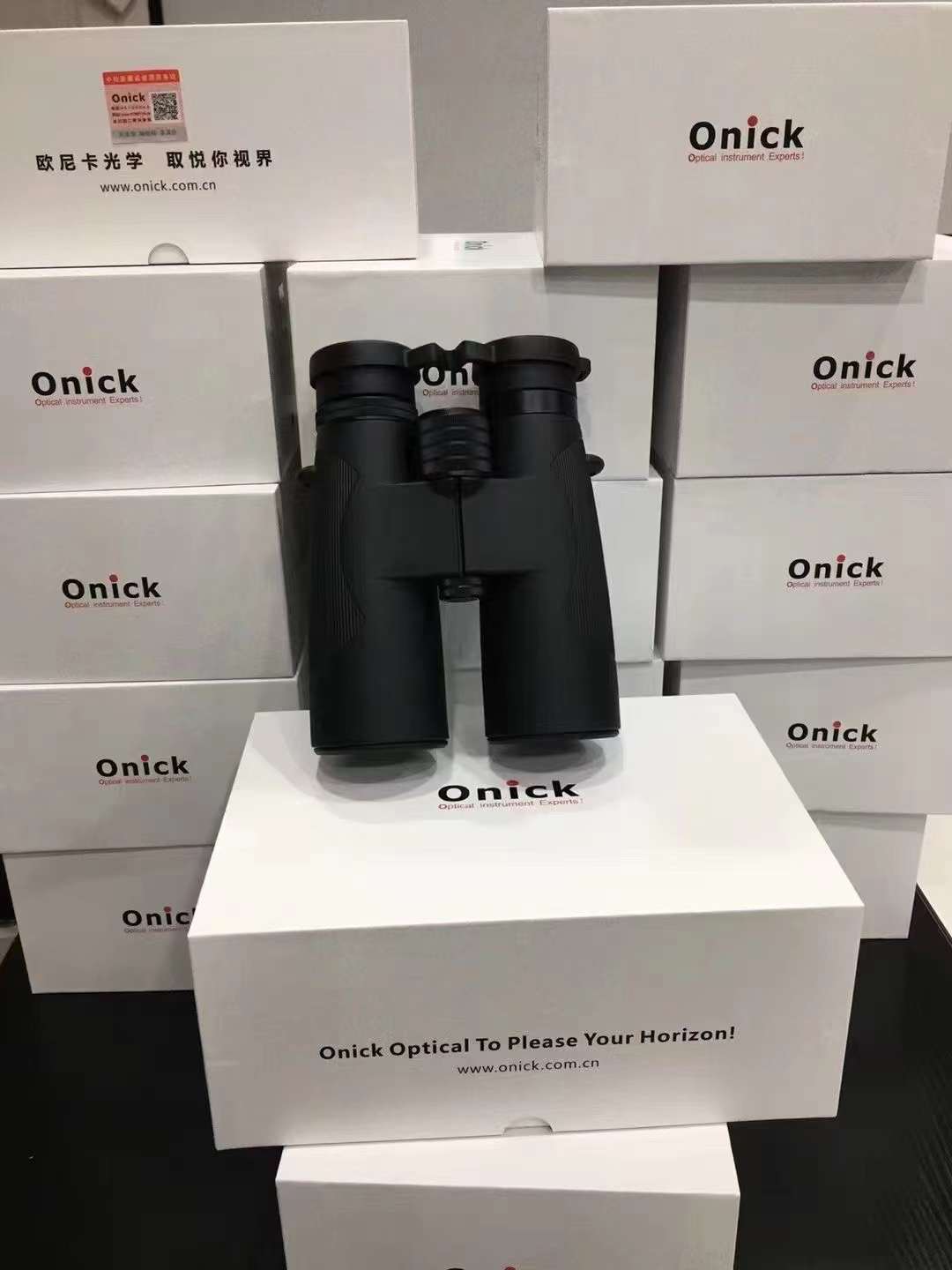The onick monocular telescope is recommended for purchase. As a well-known domestic brand, its products perform well in viewing clarity and effect. The onick telescope uses high-quality optical lenses and combines advanced manufacturing processes to ensure clear imaging and high color reproduction. Compared with other brands, the onick telescope has obvious advantages in observation details and brightness, and can meet the observation needs in different scenarios. Whether it is outdoor adventure, bird watching or astronomical observation, the onick telescope can provide an excellent observation experience and is an ideal choice for the majority of observation enthusiasts.

The following is a guide to the purchase of monocular telescopes:
1. Clarify the use requirements
Observation purpose:
Astronomical observation: It is necessary to choose a telescope with a higher magnification (such as 7~15 times) and a larger field of view to observe more celestial details.
Outdoor adventure: Lightweight, waterproof, shockproof and other performance are important considerations for outdoor adventures.
Military reconnaissance: The telescope has high requirements for concealment, stability, anti-interference ability and other performance.
Other scenes: such as concert watching, long-distance viewing, etc., you can choose the appropriate magnification and objective lens diameter according to actual needs.
Portability: If you need to carry a telescope out frequently, portability is an important consideration. Light telescopes are more suitable for hiking, traveling and other scenes.
2. Pay attention to performance parameters
Magnification: The magnification determines the observation distance and detail clarity of the telescope. However, too high a magnification may cause image jitter and edge distortion, so it is necessary to choose according to actual needs. Generally speaking, a magnification of 8 to 12 times is sufficient for scenes such as sightseeing and concerts.
Objective diameter: The larger the diameter of the objective lens, the more light the telescope collects, and the brighter and clearer the image. However, the increase in the diameter of the objective lens will also increase the weight and volume of the telescope, and it is necessary to balance portability and image quality.
Optical performance: including chromatic aberration, distortion, transparency, etc. A high-quality telescope should have less chromatic aberration and distortion, as well as higher transparency, to ensure that the observed target color is true, the shape is clear, and the brightness is sufficient.
Field of view: The field of view determines the size of the range that can be seen during observation. A larger field of view makes it easier for users to find targets and track moving targets.
Anti-shake function: For high-magnification telescopes, the anti-shake function can effectively reduce the shaking during handheld observation and improve the stability of observation.

3. Choose brands and models
Brand selection: There are many well-known telescope brands on the market, such as onick, Zeiss, Nikon, etc. Generally speaking, higher-priced telescopes are usually more guaranteed in performance and quality, but we should also avoid blindly pursuing high prices and ignoring actual needs. You can choose a cost-effective brand according to your budget and actual needs.
Model selection: Different models of telescopes differ in performance, function, price, etc. You can choose a suitable model according to your usage needs and budget.
4. Consider accessories and additional functions
Accessory selection: Choose suitable accessories according to your needs, such as tripods, backpacks, lens caps, etc. These accessories can improve the convenience and protection of telescopes.
Additional functions: Some telescopes have special functions, such as connecting to mobile phones for taking pictures, supporting night vision mode, etc. You can choose a telescope with corresponding functions according to your needs.
5. Other considerations
Budget: Set a reasonable budget range. The prices of telescopes of different brands and models vary greatly. Choose according to your own economic situation.
Trial and evaluation: If possible, it is best to try the telescope yourself or check other users' reviews to get a more intuitive understanding of the telescope's performance and user experience.

Maintenance: After purchase, pay attention to regular maintenance and care of the telescope to extend its service life and maintain good performance.
In summary, when purchasing a monocular telescope, you need to consider the use requirements, performance parameters, brand and model selection, and other considerations. Through reasonable selection and matching, you can buy a monocular telescope that meets your needs.


